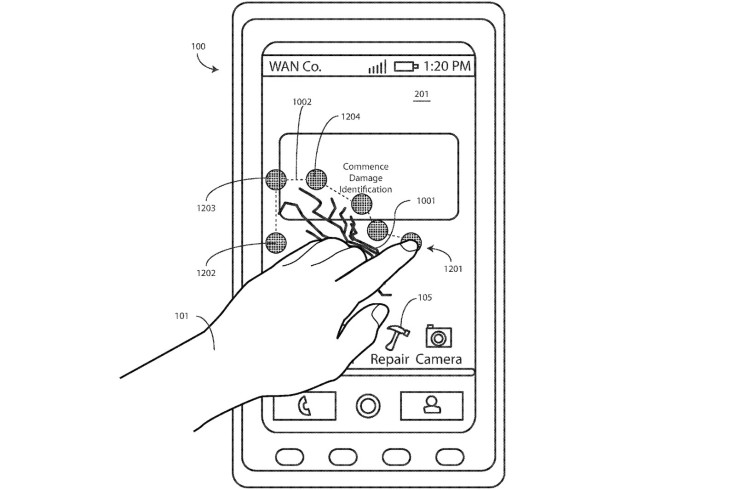The end of broken smartphone screens? Motorola eyes next-gen self-healing displays
Lenovo-owned company submits patent for screen that heals through heat.

Motorola is hoping to end cracked smartphone screens forever. The Lenovo-owned tech giant has filed a patent for a self-fixing display set-up that heals glass fissures by simply cranking up the heat.
The proposed process, documented in a USPTO filing published on 10 August, uses a "shape memory polymer" material layered over a standard LCD or LED smartphone display.
Should damage appear on the screen, the phone would identify the damage and subject the polymer to a quick dose of "thermal recycling" – in layman's terms, the affected areas would heat up rapidly in a way that reverses "at least some of the deformation", the filing reads (via The Verge).
As smartphones and intense temperature spikes are traditionally two things that both manufacturers and device owners are keen to avoid, Motorola has considered a number of possible heat sources.
These include the phone itself alongside an app that decides where to direct the heat, the user's own body heat, or a separate dock-like mechanism. The documentation also reveals that the ambitious screen plans were submitted back in early 2016 by Motorola Mobility – the company's consumer-focused wing.
While the idea of a self-healing screen will be music to the ears of the clumsier smartphone owners out there, it is worth noting that, as with any patent, it may take years to come to fruition – or even never realised at all.
Motorola is far from alone in the ongoing conquest to end dreaded screen damage. In September last year, scientists from the University of Sussex claimed that they were on the verge of inventing a smartphone screen that cannot be broken, by replacing glass with a new material made from silver nanowire films.
© Copyright IBTimes 2025. All rights reserved.






















